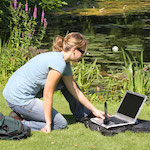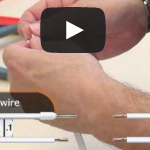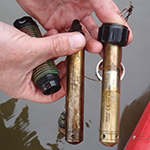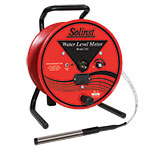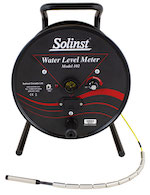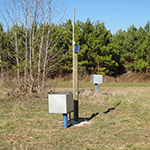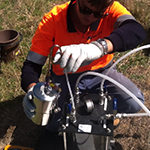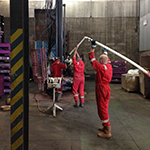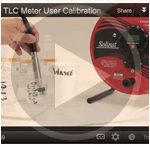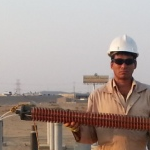Long-term Open Channel & Surface Water Monitoring With Leveloggers
Leveloggers are used for measuring water levels in various surface water monitoring applications, including: flood and drought monitoring, base flow monitoring in stream beds, watershed recharge studies, stream gauging, lake and reservoir level monitoring, harbour and tidal fluctuation monitoring, wetlands monitoring, stormwater runoff monitoring, construction site runoff management, ecological studies, field… Continue Reading »


